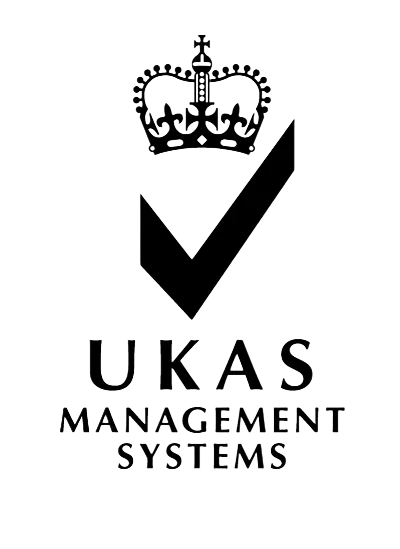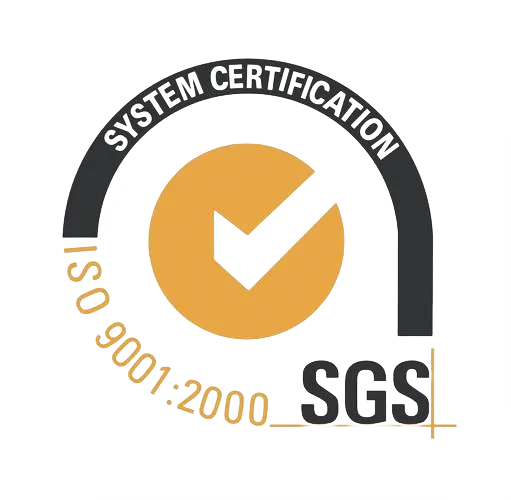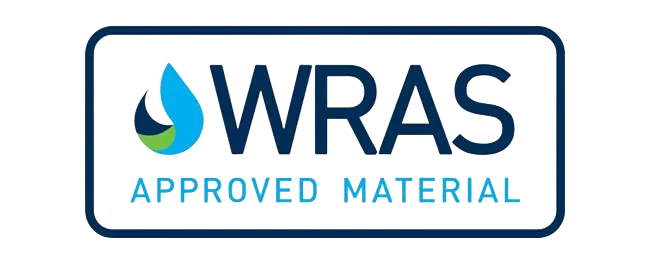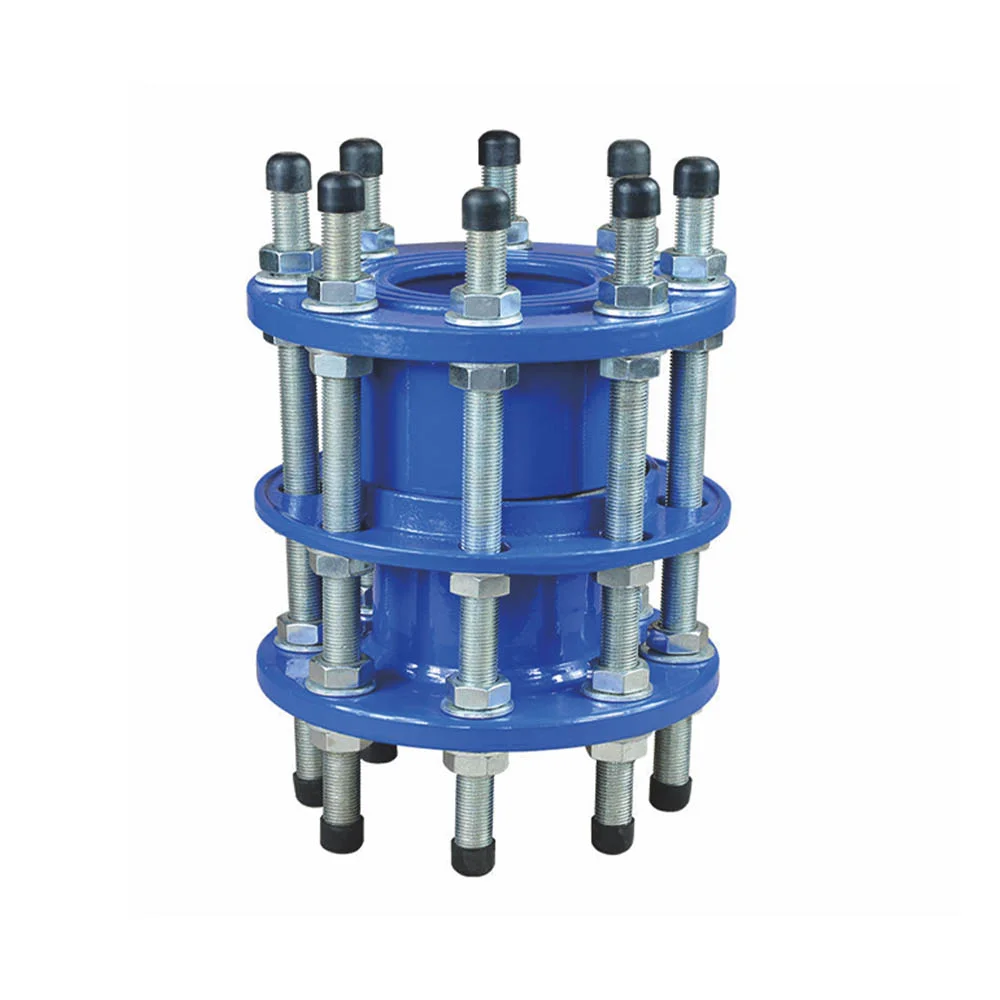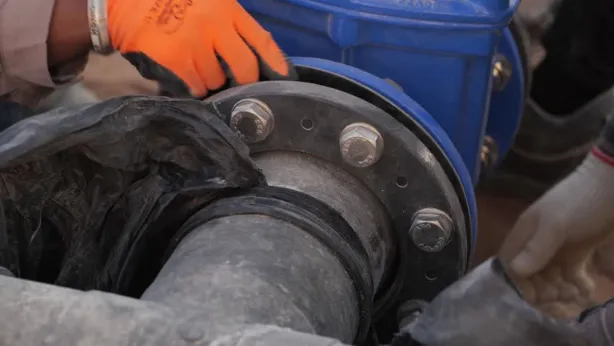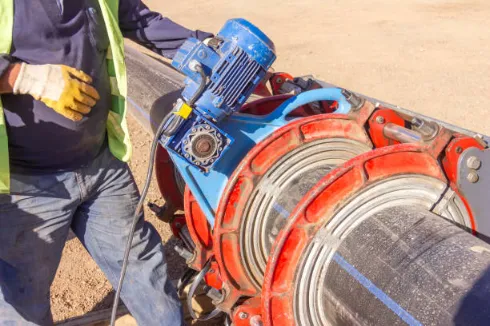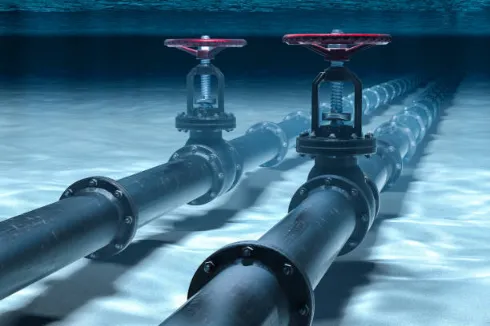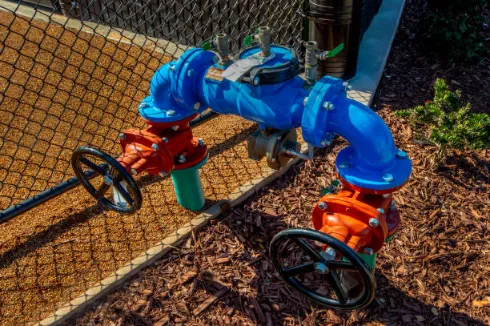Conceptos básicos del desmontaje de acoplamientos
Definición y finalidad del desmontaje de acoplamientos
A junta de desmontaje, también llamada brida de desmontaje, es una pieza clave de los sistemas de tuberías. Facilita la conexión, desconexión y mantenimiento de las tuberías. Este dispositivo une tramos de tubería sin necesidad de muchas herramientas ni mucho trabajo. Su principal objetivo es facilitar la instalación. También permite realizar ajustes para mantener las tuberías alineadas correctamente.
Componentes clave de un acoplamiento de desmontaje
Una junta de desmontaje tiene varias partes importantes:
Bridas: Estos discos redondos unen los tubos. Mantienen la solidez de la estructura.
Tornillos y tuercas: Sujetan firmemente las bridas.
Juntas: Colocados entre bridas, detienen las fugas.
Estructura corporal: Es la pieza principal que mantiene unida la junta de desmontaje. Garantiza que las tuberías permanezcan alineadas.
Estas piezas trabajan en equipo. Crean una conexión sólida que soporta la presión y la intemperie.
Funcionalidad de los acoplamientos desmontables
Cómo desmontar los acoplamientos para facilitar la instalación y el mantenimiento
Una junta desmontable es muy útil durante la instalación y el mantenimiento de las tuberías. Evita soldaduras complejas. Las tuberías pueden conectarse o separarse fácilmente. Esto es ideal para sustituir secciones rotas o mejorar las tuberías. El diseño permite pequeños cambios de longitud. Esto garantiza que las tuberías queden perfectamente alineadas.
El papel de las bridas en el funcionamiento de los acoplamientos de desmontaje
El desgaste de la brida es vital en una junta de desmontaje. Actúa como enlace entre las secciones de tubería. Las bridas reparten la presión uniformemente por toda la junta. Esto reduce la tensión en las piezas individuales. Cuando se combinan con juntas, las bridas crean un sello hermético. Esto evita las fugas, incluso a alta presión. Su sólida construcción las hace fiables en muchos entornos.
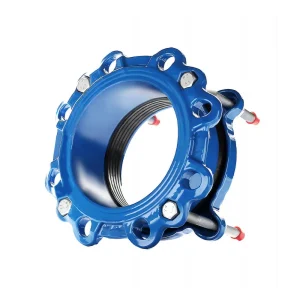
Aplicaciones de los acoplamientos de desmontaje en diversas industrias
Usos comunes en sistemas de abastecimiento de agua
En los sistemas de abastecimiento de agua, una junta desmontable conecta las tuberías que transportan el agua desde los embalses hasta las ciudades. Su rápida instalación es perfecta para arreglos de emergencia o ampliaciones de la red.
Aplicación en tuberías industriales
Las tuberías industriales suelen transportar materiales peligrosos como productos químicos o gases. Una junta desmontable garantiza conexiones seguras y eficaces. Permite un desmontaje rápido para el mantenimiento o las comprobaciones.
Casos prácticos en centrales eléctricas y sistemas energéticos
Las centrales eléctricas utilizan juntas de desmontaje para los conductos de agua de refrigeración, las tuberías de vapor y otros sistemas clave. Estas juntas mantienen la fluidez de las operaciones. Permiten realizar sustituciones o ajustes rápidos sin detener el trabajo.
Ventajas de utilizar acoplamientos desmontables
Simplificación de los procesos de montaje y desmontaje
Una junta de desmontaje facilita el montaje y desmontaje de tuberías. No necesita herramientas especiales ni equipos de soldadura. Esto reduce el tiempo de montaje y los costes de mano de obra.
Mayor flexibilidad y capacidad de ajuste del sistema
Una junta desmontable ofrece una gran flexibilidad. Permite cambiar la longitud o la alineación de la tubería. Esto es útil para trazados de tuberías complejos. También permite la dilatación en sistemas calientes.
Reducción del tiempo de inactividad durante el mantenimiento
Una junta de desmontaje acelera el desmontaje y el montaje. Esto reduce el tiempo de inactividad durante el mantenimiento periódico o las reparaciones urgentes. Menos tiempo de inactividad significa menos interrupciones y menores costes para las industrias.
Articulaciones conflexas produce varios tipos de juntas de desmontaje, que seguramente le harán sentir que obtiene más de lo que paga
Consideraciones de diseño para el desmontaje de acoplamientos
Selección de materiales para una mayor durabilidad y rendimiento
Elegir el material adecuado es clave para que una junta de desmontaje tenga una larga vida útil y un buen rendimiento. Los materiales deben resistir la oxidación, el desgaste y los cambios climáticos. Las opciones más comunes son el acero inoxidable, la fundición dúctil y el acero al carbono. El acero inoxidable combate bien el óxido. Es ideal para tuberías expuestas al agua o a productos químicos. La fundición dúctil es resistente y flexible. El acero al carbono es asequible y resistente a altas presiones.
El material debe adaptarse al fluido de las tuberías. Por ejemplo, las tuberías con productos químicos agresivos pueden necesitar revestimientos especiales. Así se evitan daños en el interior de la junta de desmontaje.
Dimensiones y requisitos de presión nominal
Una junta de desmontaje debe ajustarse al tamaño de la tubería y a las necesidades de presión. Sus dimensiones deben ajustarse al diámetro de la tubería y al tamaño de la brida. Los índices de presión indican si la junta puede soportar la presión interna del sistema sin romperse.
Normas como ANSI, DIN o ISO orientan la elección del tamaño y la presión. El cumplimiento de estas normas reduce la posibilidad de fugas o fallos durante el uso.
Compatibilidad con los sistemas de tuberías existentes
Una junta de desmontaje debe funcionar bien con las tuberías existentes. Debe coincidir con el material de la tubería, el tipo de brida y la alineación. Una mala alineación puede tensar las piezas de la tubería. Esto aumenta el riesgo de daños con el tiempo.
Compruebe que el patrón de pernos de la junta encaja con las bridas existentes. Esto garantiza una conexión segura. Evita problemas durante el montaje o el mantenimiento.
Proceso de instalación de acoplamientos desmontables
Pasos previos a la instalación
Una buena preparación es vital antes de instalar una junta de desmontaje. Empiece por comprobar que todas las piezas no presentan defectos. Asegúrese de que las bridas, juntas, tornillos y tuercas estén limpios y sin daños.
Limpie bien los extremos de los tubos. Elimine la suciedad o grasa que pueda afectar al sellado. Confirme que las secciones de tubo están alineadas. Mida sus longitudes para que coincidan con el tamaño de la junta de desmontaje.
Revisa las directrices del fabricante y las normas de seguridad antes de empezar.
Técnicas de alineación adecuadas durante la instalación
Una alineación correcta durante la instalación evita fugas y garantiza un buen rendimiento. Monte sin apretar las piezas de la junta de desmontaje alrededor de los extremos de los tubos. Apriete los tornillos lentamente en forma de estrella. De este modo, la presión se reparte uniformemente por toda la brida de desmontaje.
Utilice herramientas como medidores de nivel o guías láser para comprobar la posición de los tubos. Realice los ajustes con cuidado. Evite apretar demasiado o desalinear las piezas.
Una buena alineación mejora la estanqueidad. También reduce la tensión en la junta y las tuberías.
Inspección y pruebas posteriores a la instalación
Después del montaje, inspeccione cuidadosamente la junta de desmontaje. Compruebe que todas las piezas estén apretadas y alineadas. Busque huecos entre las bridas o una presión desigual de las juntas.
Pruebe la junta para asegurarse de que funciona. Realice pruebas de presión hidrostática. Estas pruebas comprueban si la junta soporta la presión de funcionamiento sin fugas. Preste atención a la flexión o inestabilidad durante las pruebas.
Registre estas comprobaciones y pruebas. Esto demuestra que la junta cumple las normas del sector. También ayuda a detectar problemas a tiempo.
Mantenimiento y longevidad de los acoplamientos desmontables
Prácticas de inspección rutinarias para garantizar la eficacia
Las comprobaciones periódicas mantienen el buen funcionamiento de una junta de desmontaje. Planifique inspecciones rutinarias para detectar el desgaste de juntas, tornillos y otras piezas. Compruebe si hay óxido, grietas o dobleces que puedan perjudicar el rendimiento.
Supervise los niveles de par de apriete de los tornillos. Esto garantiza una presión uniforme en las bridas. Los pernos flojos pueden causar fugas o desalineación si no se tienen en cuenta.
Limpie las piezas durante las inspecciones. Elimine la suciedad o las acumulaciones que puedan afectar al funcionamiento de la junta.
Problemas comunes de desgaste y cómo solucionarlos
Una junta de desmontaje puede desgastarse por vibraciones, cambios de temperatura o exposición a productos químicos. Los problemas más comunes son el desgaste de las juntas, el aflojamiento de los pernos y la flexión de las bridas.
Para arreglarlas:
1. Sustituya rápidamente las juntas desgastadas. Así se mantiene la estanqueidad.
2.Apriete los tornillos sueltos con una llave dinamométrica.
3.Comprobar que las bridas no estén dobladas. Sustituya o realinee las piezas dañadas si es necesario.
Las reparaciones tempranas evitan que los pequeños problemas se conviertan en grandes reparaciones o fallos del sistema.
Consejos para prolongar la vida útil de un acoplamiento de desmontaje
Para que una junta de desmontaje dure más, siga estos consejos:
1.Utiliza materiales de alta calidad que se adapten a tus necesidades.
2.Siga las reglas de par de apriete del fabricante para la instalación.
3.Inspeccione y repare regularmente los problemas de desgaste.
4.Añadir revestimientos o recubrimientos protectores para combatir la oxidación.
5.Formar a los trabajadores sobre la manipulación adecuada durante el mantenimiento.
Estos pasos maximizan su inversión en una junta de desmontaje. Garantizan un rendimiento fiable durante años.
Preguntas frecuentes (preguntas frecuentes)
¿Qué materiales se suelen utilizar en una brida de desmontaje?
El acero inoxidable, la fundición dúctil y el acero al carbono son muy populares. Son resistentes en muchas condiciones.
¿Cómo puedo garantizar una alineación correcta durante la instalación?
Utilice galgas de nivel o guías láser. Apriete los tornillos lentamente en forma de estrella.
¿Qué medidas de mantenimiento rutinario debo seguir?
Comprobar el desgaste de juntas, tornillos y bridas. Limpiar las piezas. Controlar el par de apriete de los tornillos.
¿Puede un desguace manejar sistemas de alta presión?
Sí, si cumple normas como ANSI o DIN para presiones nominales.
Para más detalles sobre soluciones de canalización como Articulaciones conflexasProductos personalizables, diseñados para una instalación eficaz en todo el mundo y con 15 años de servicio de máxima calidad, ¡póngase en contacto con nosotros hoy mismo!


